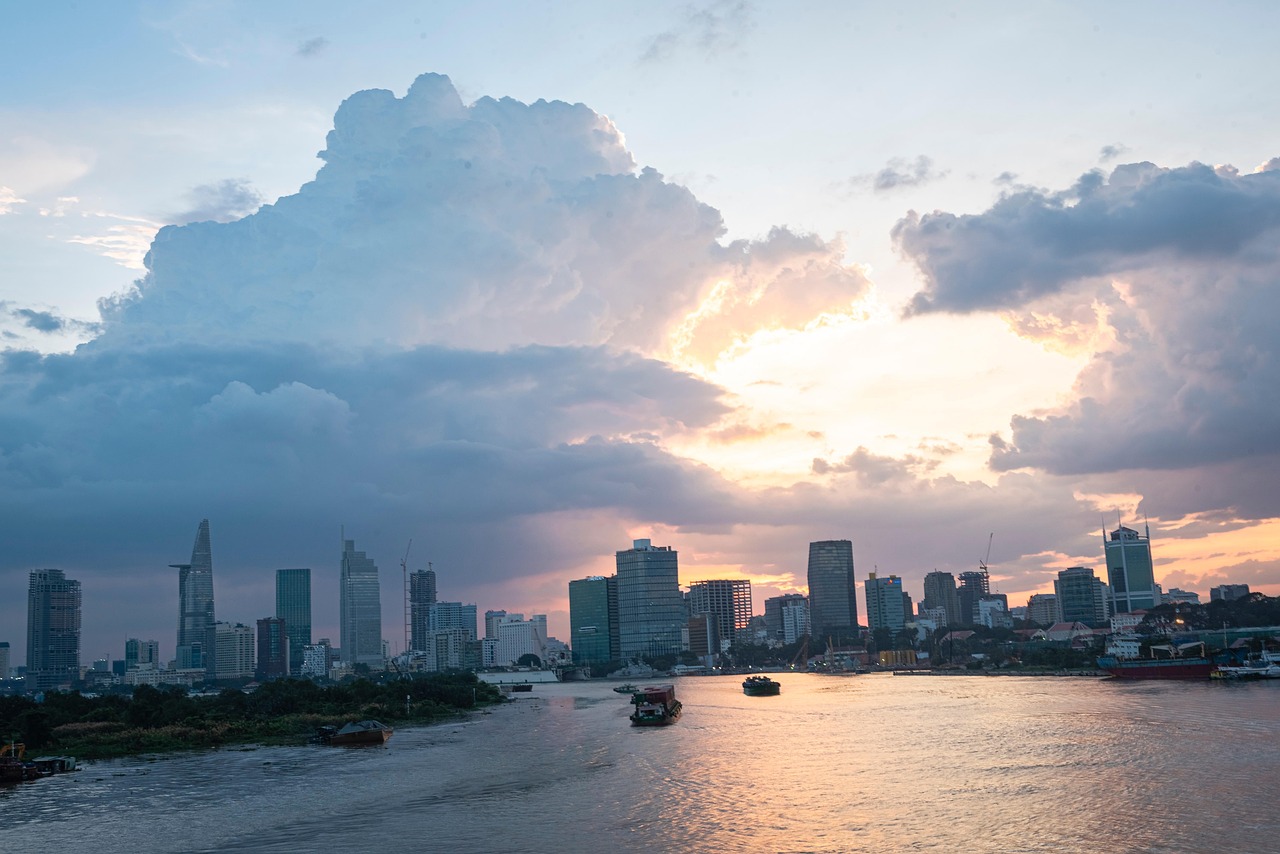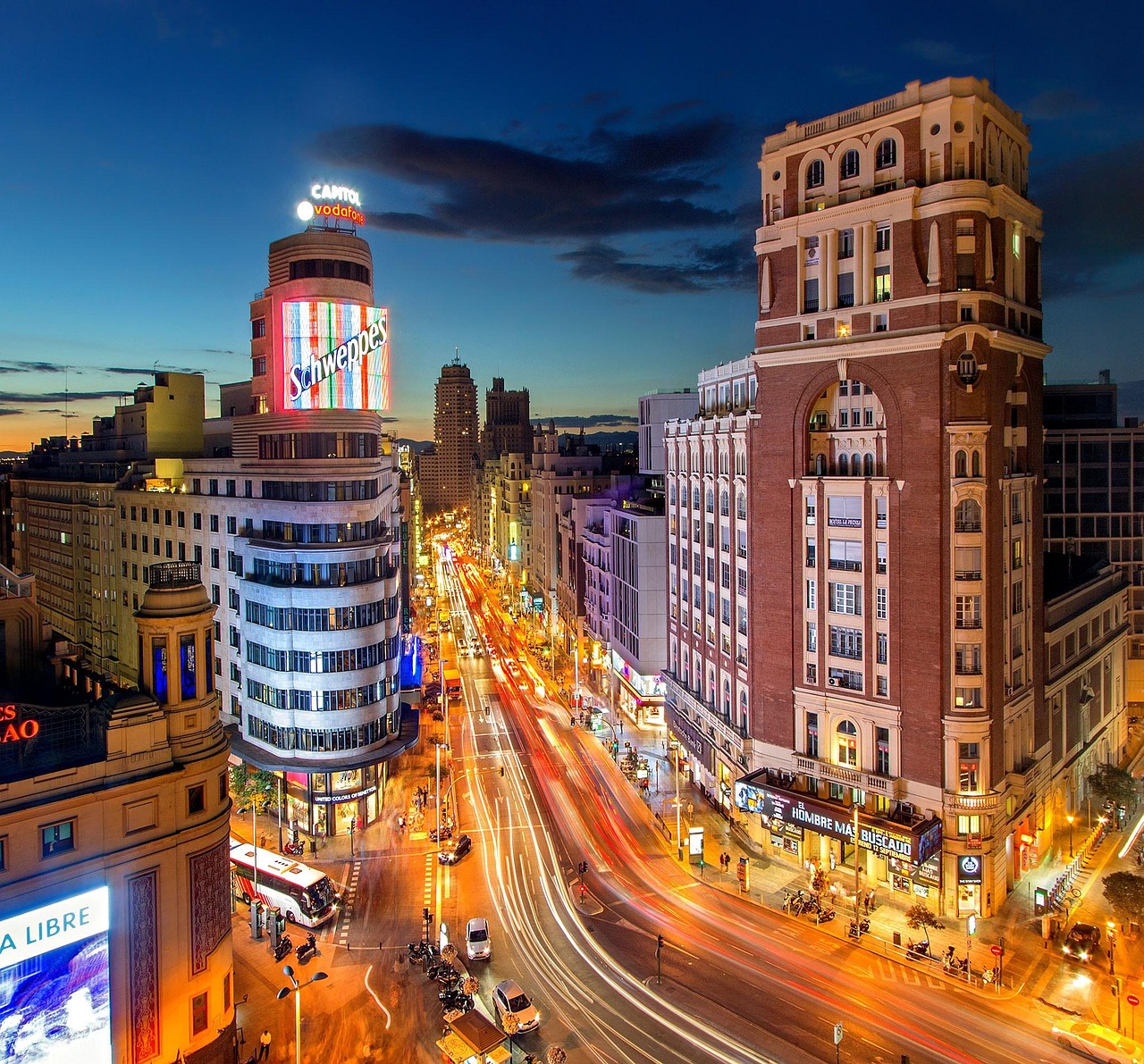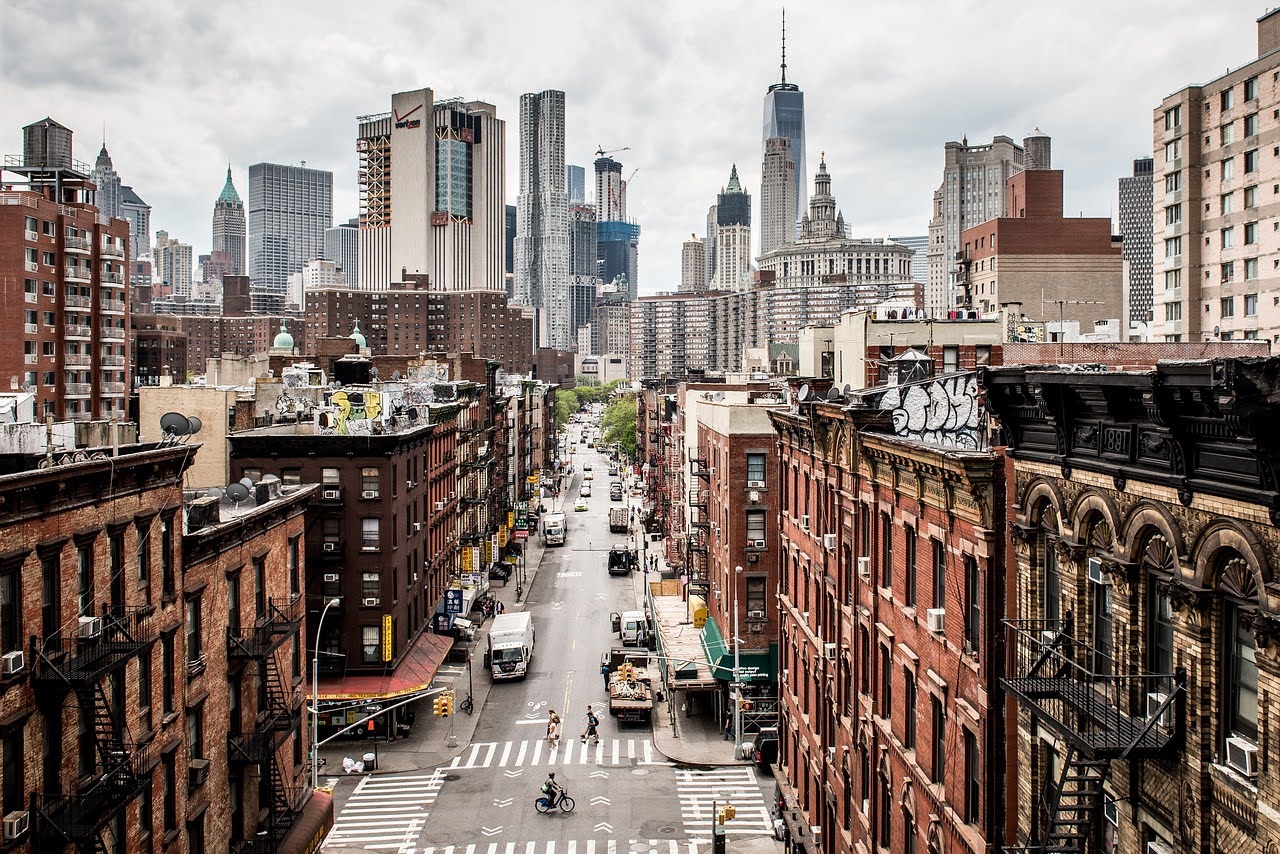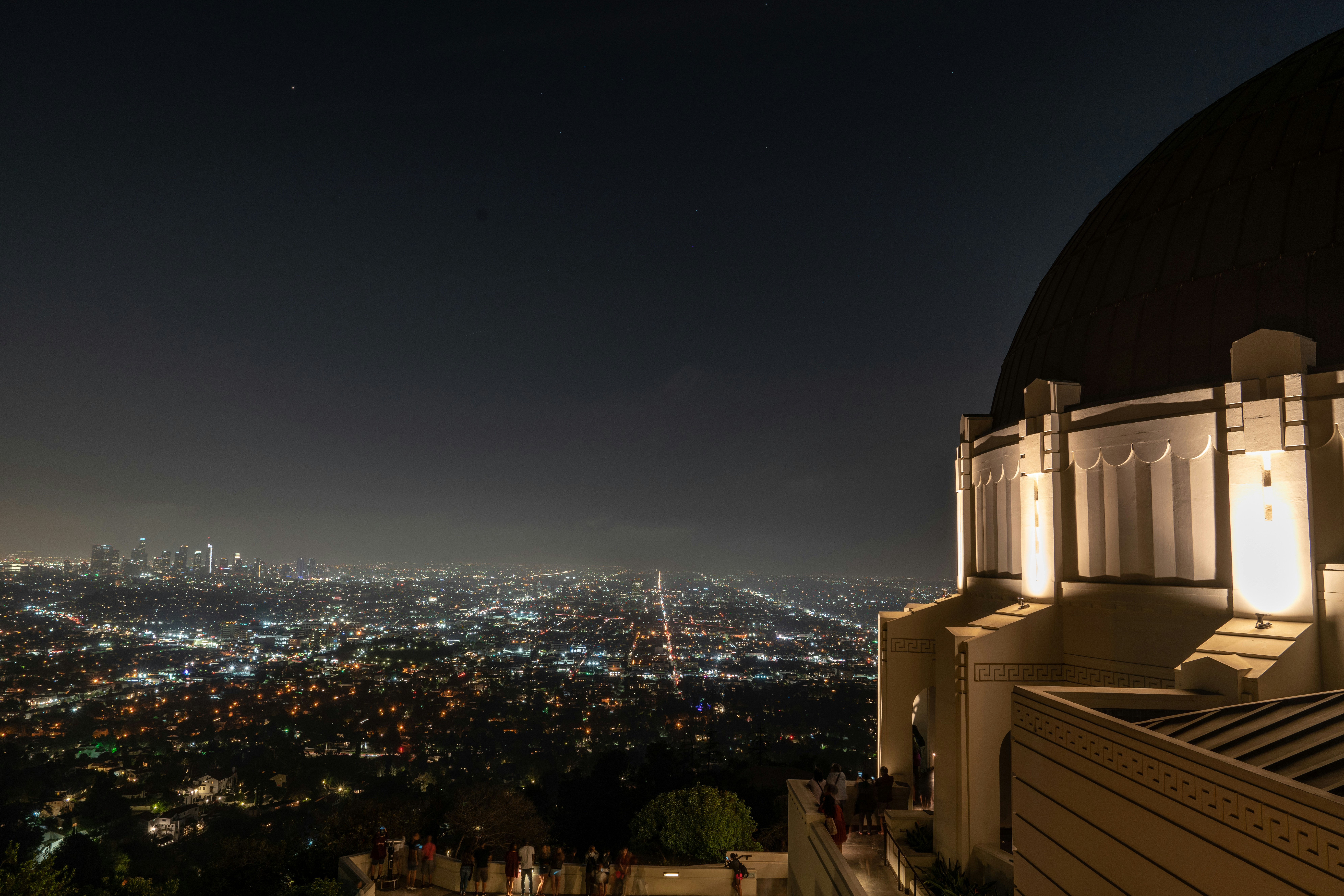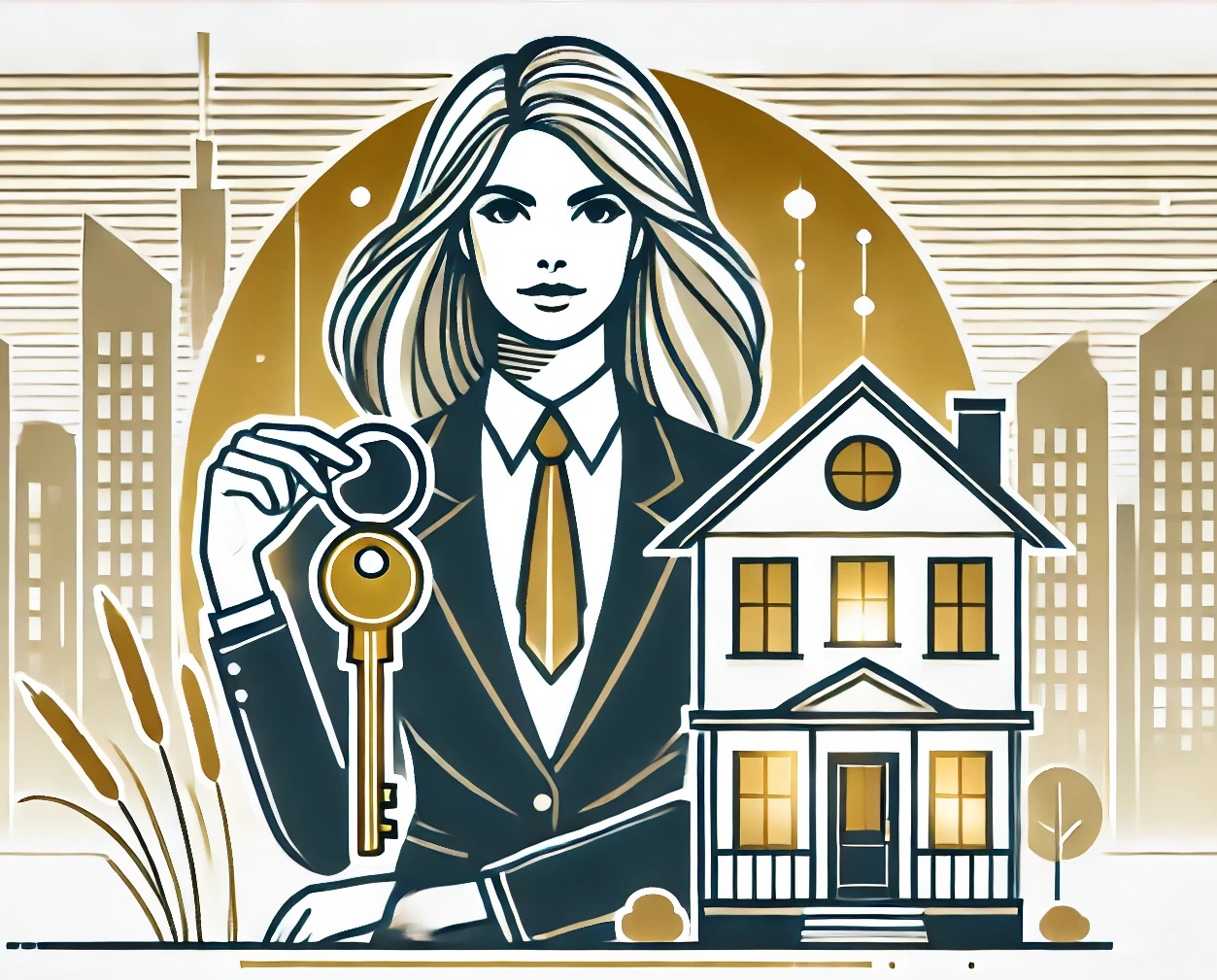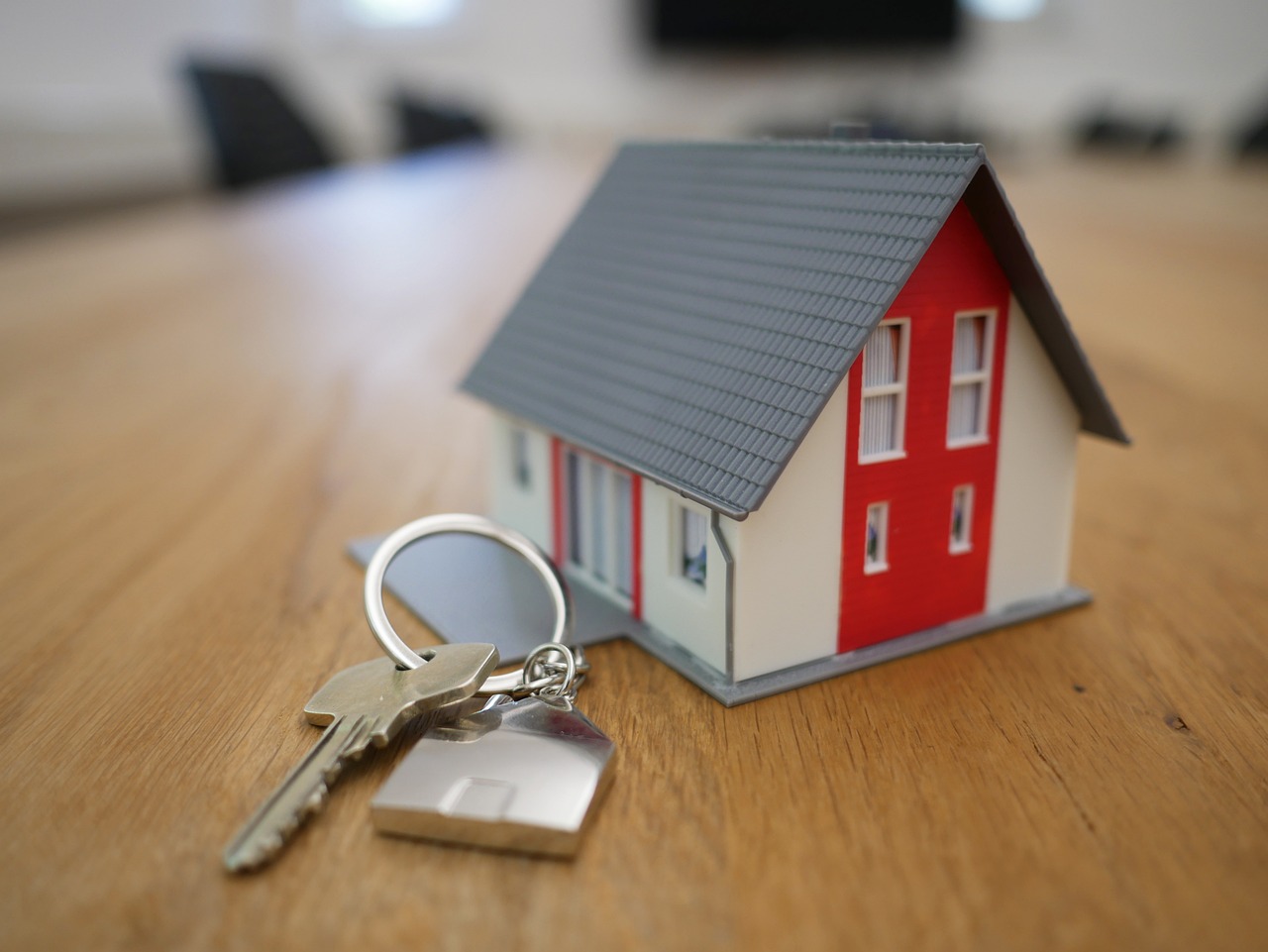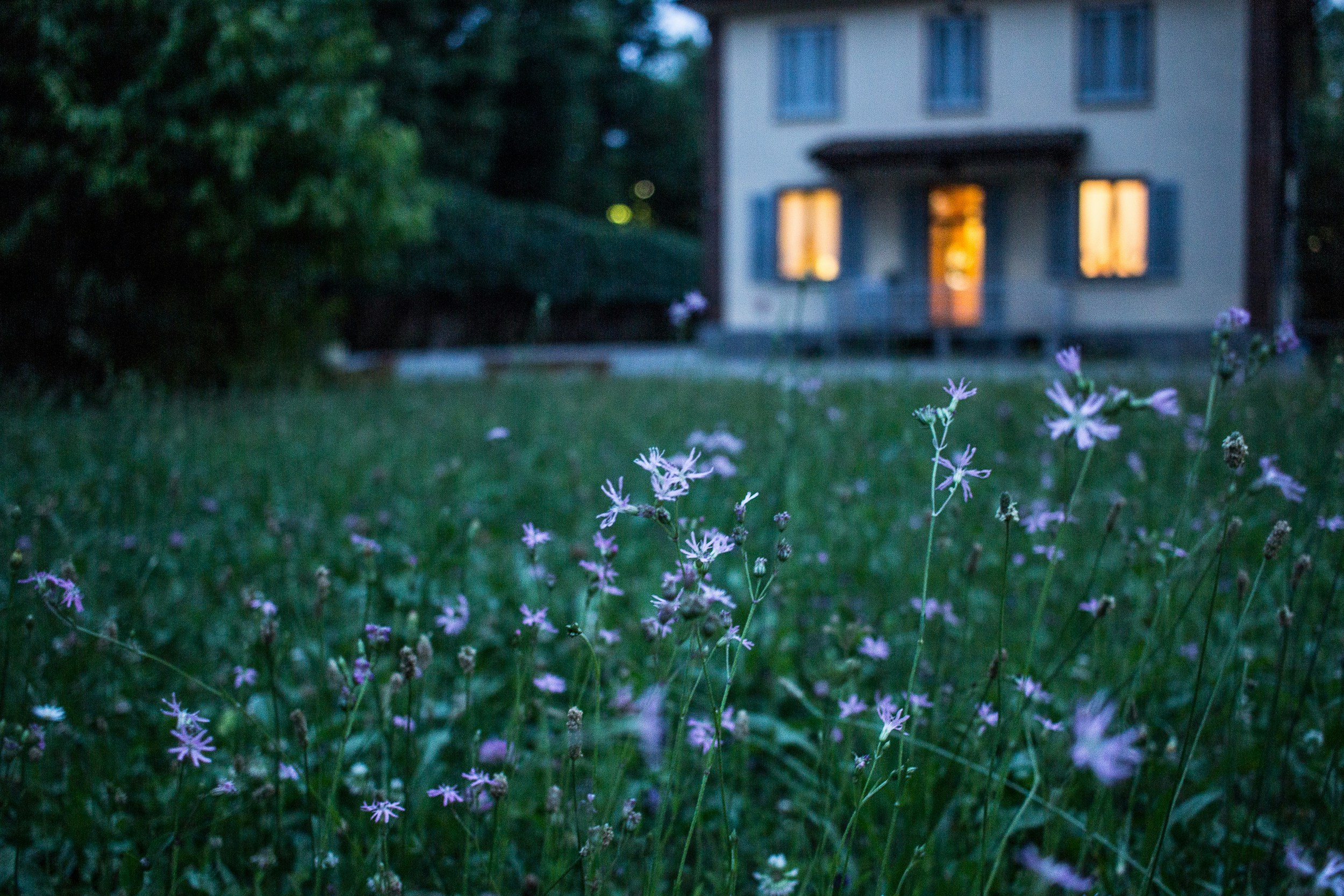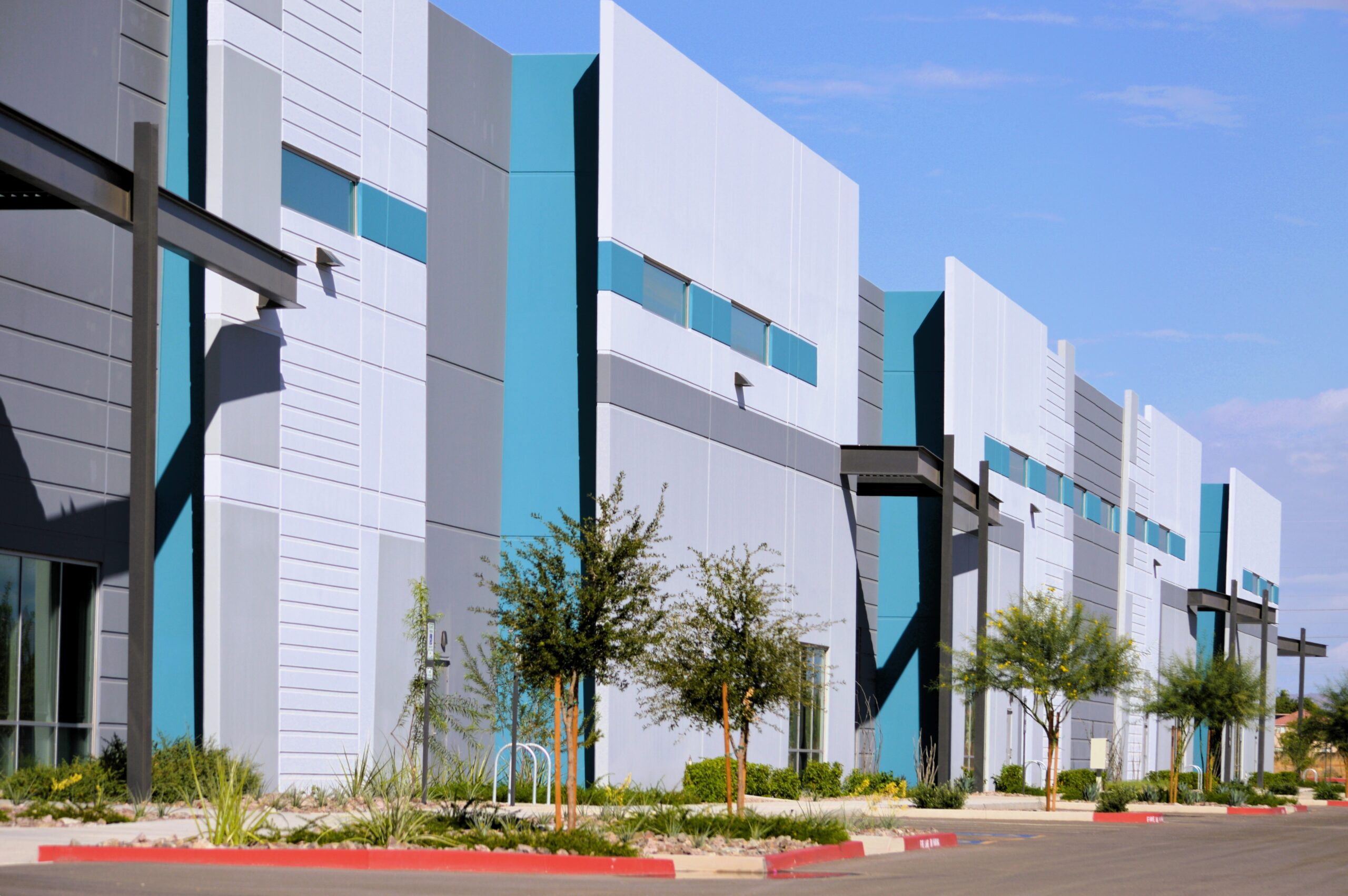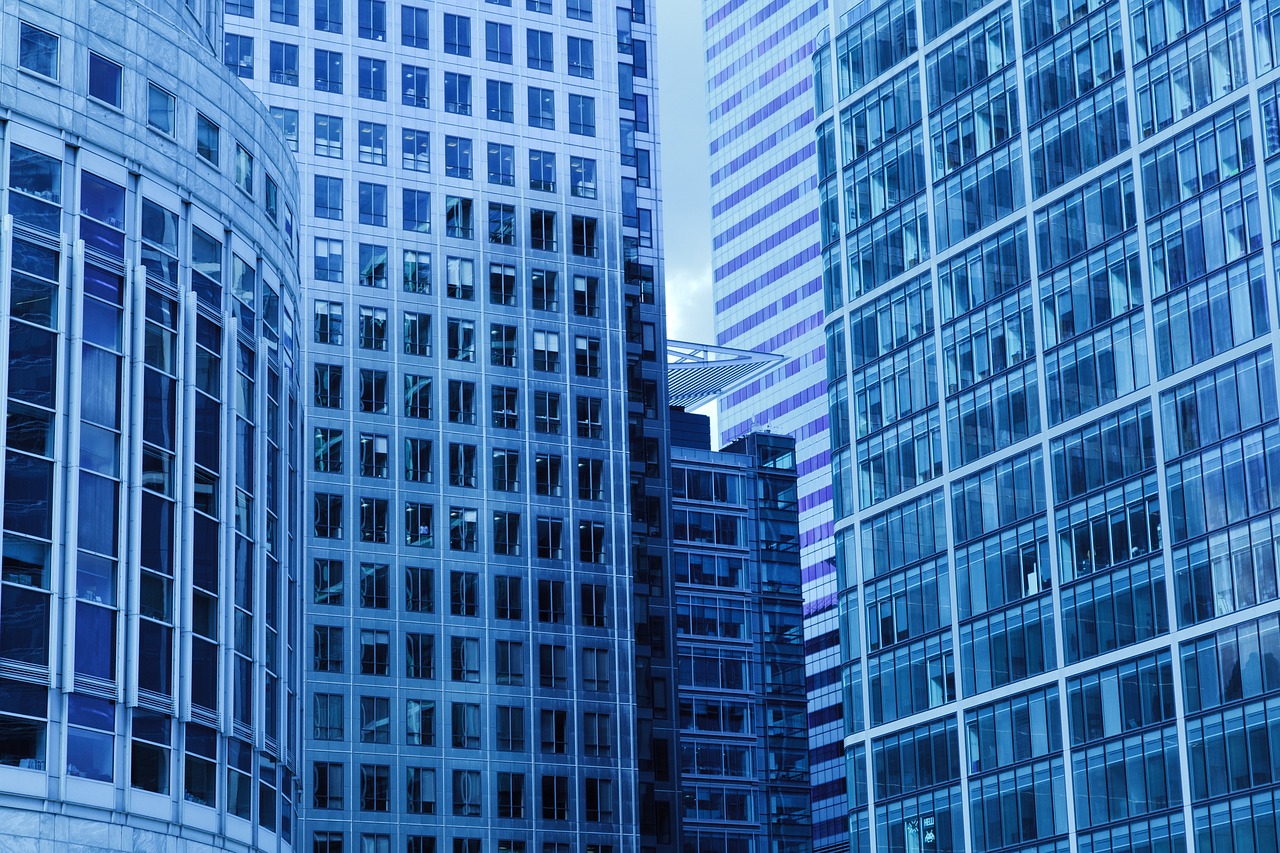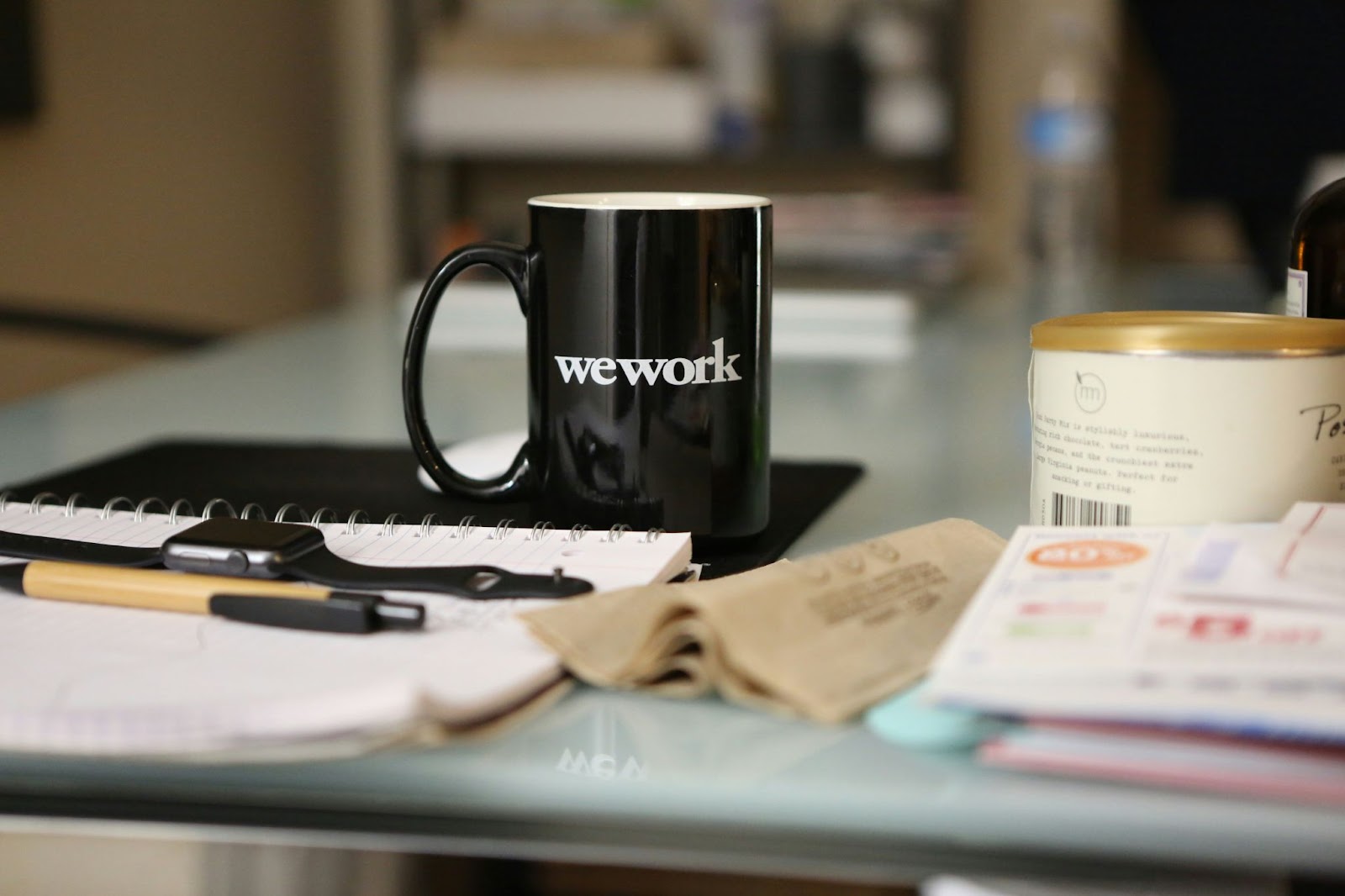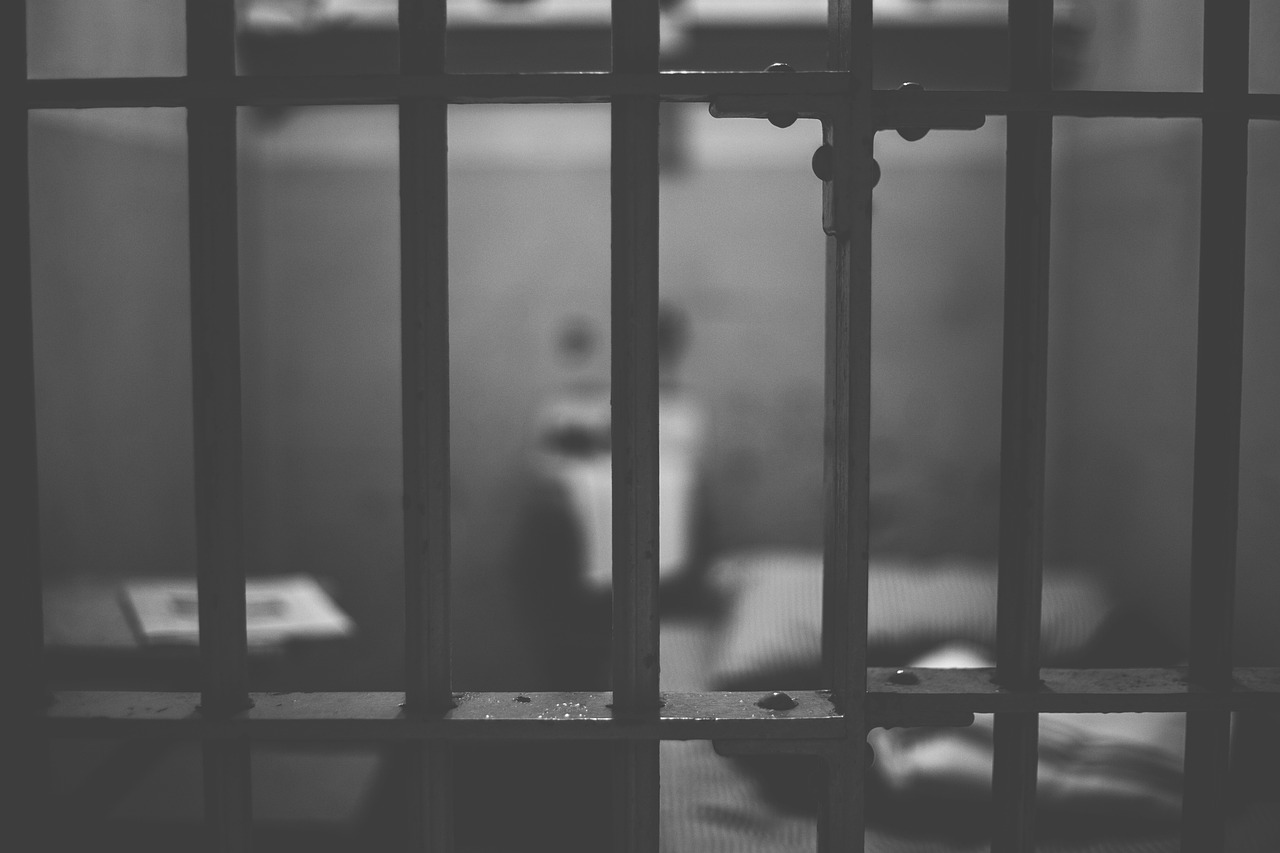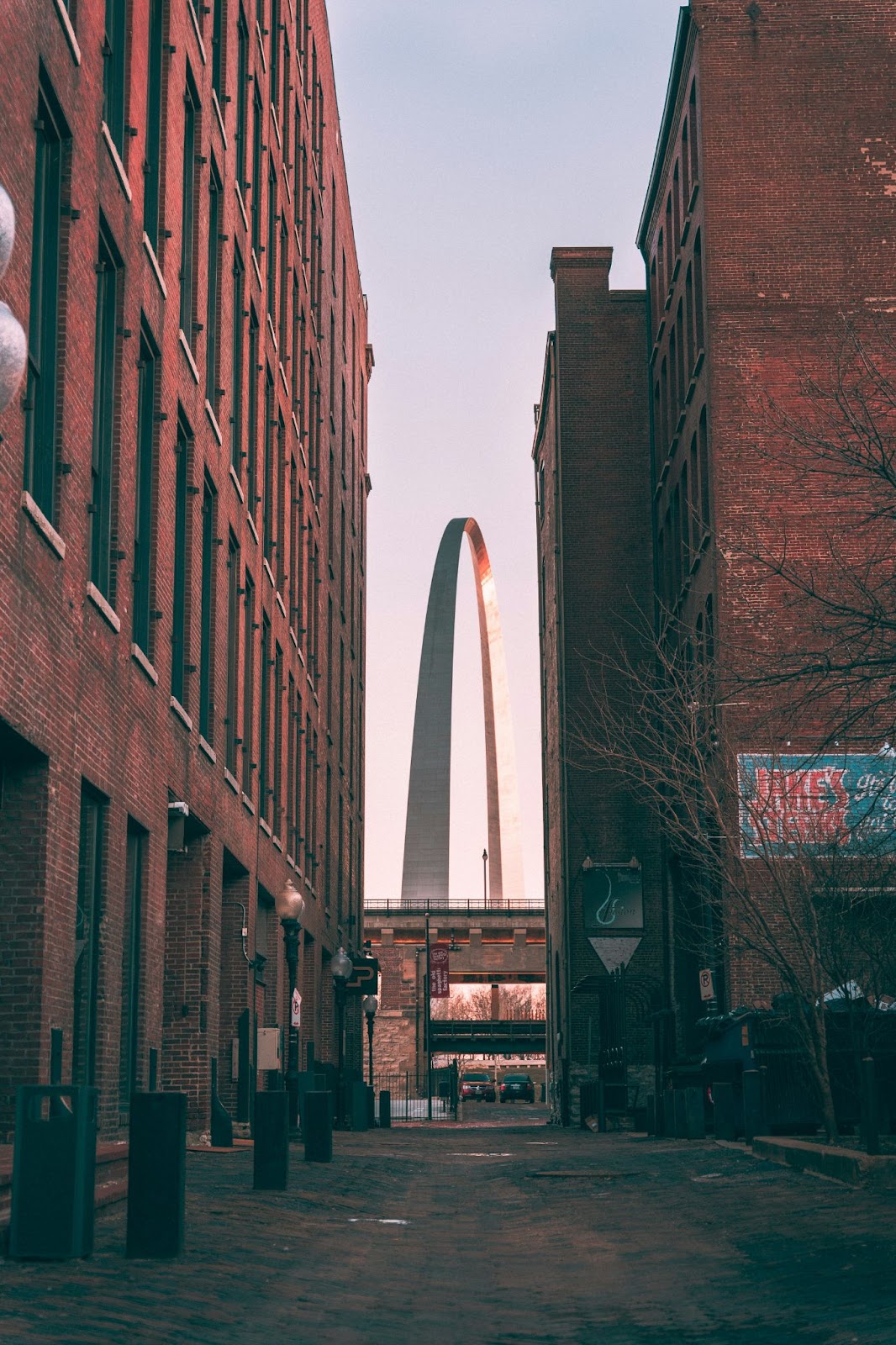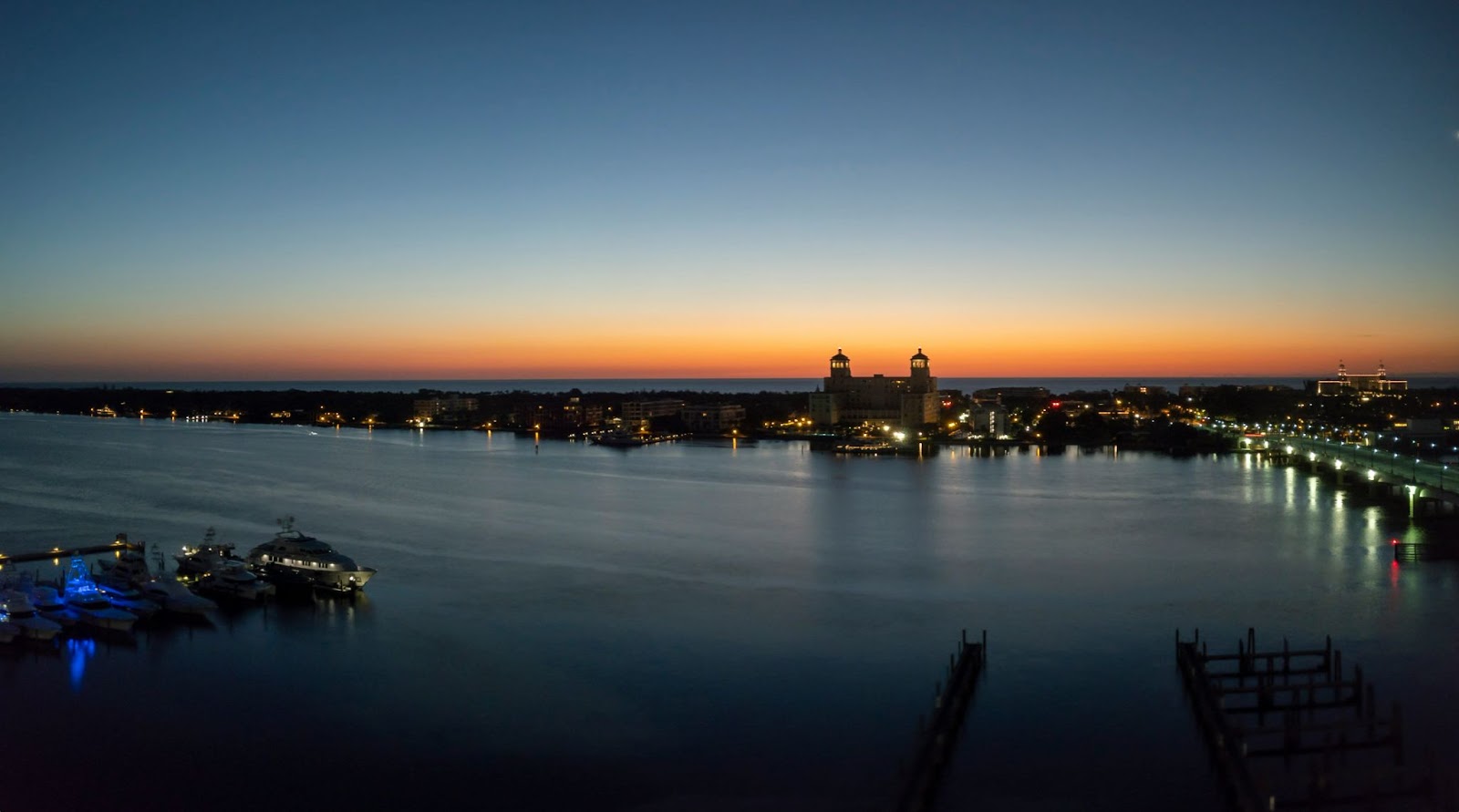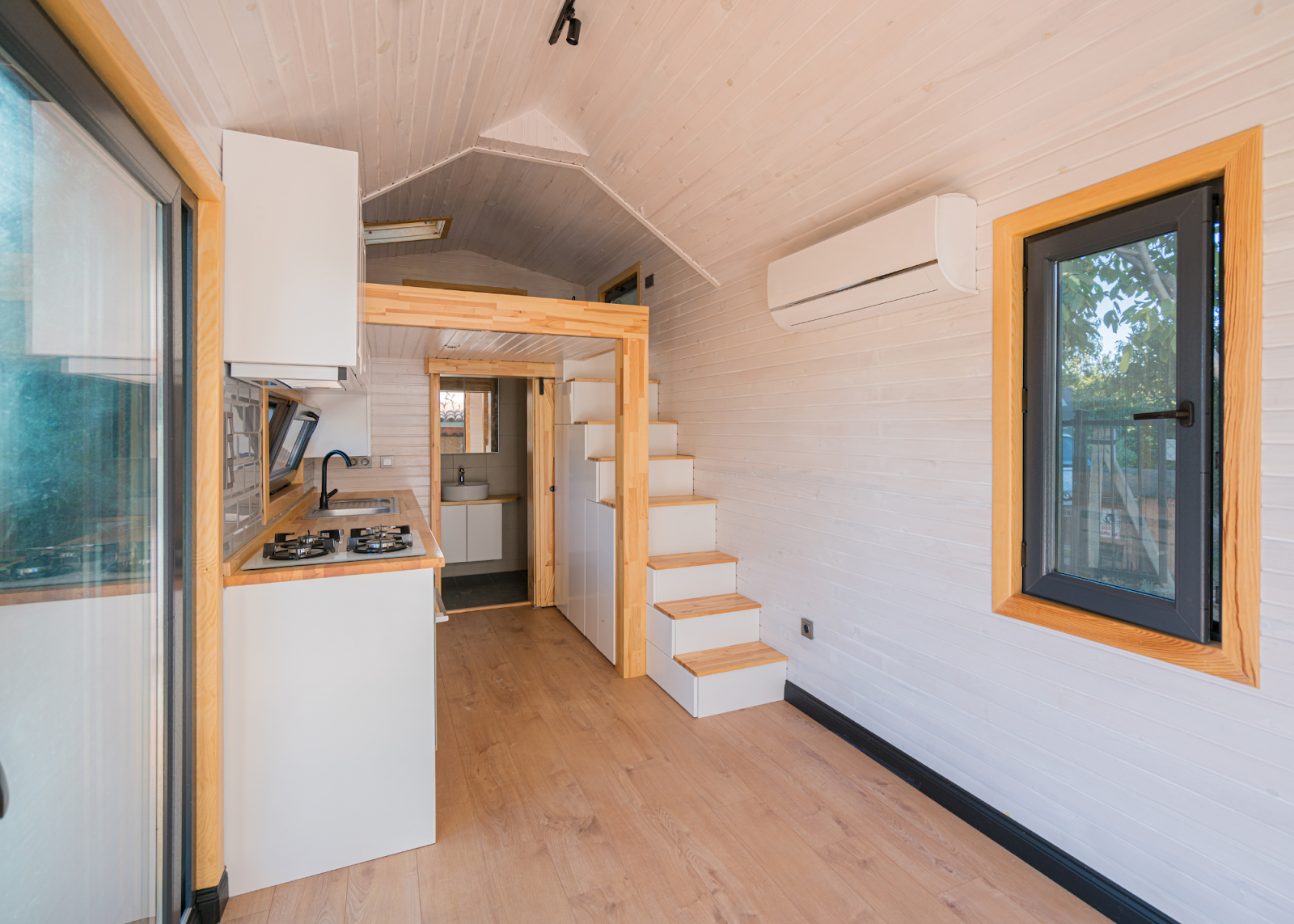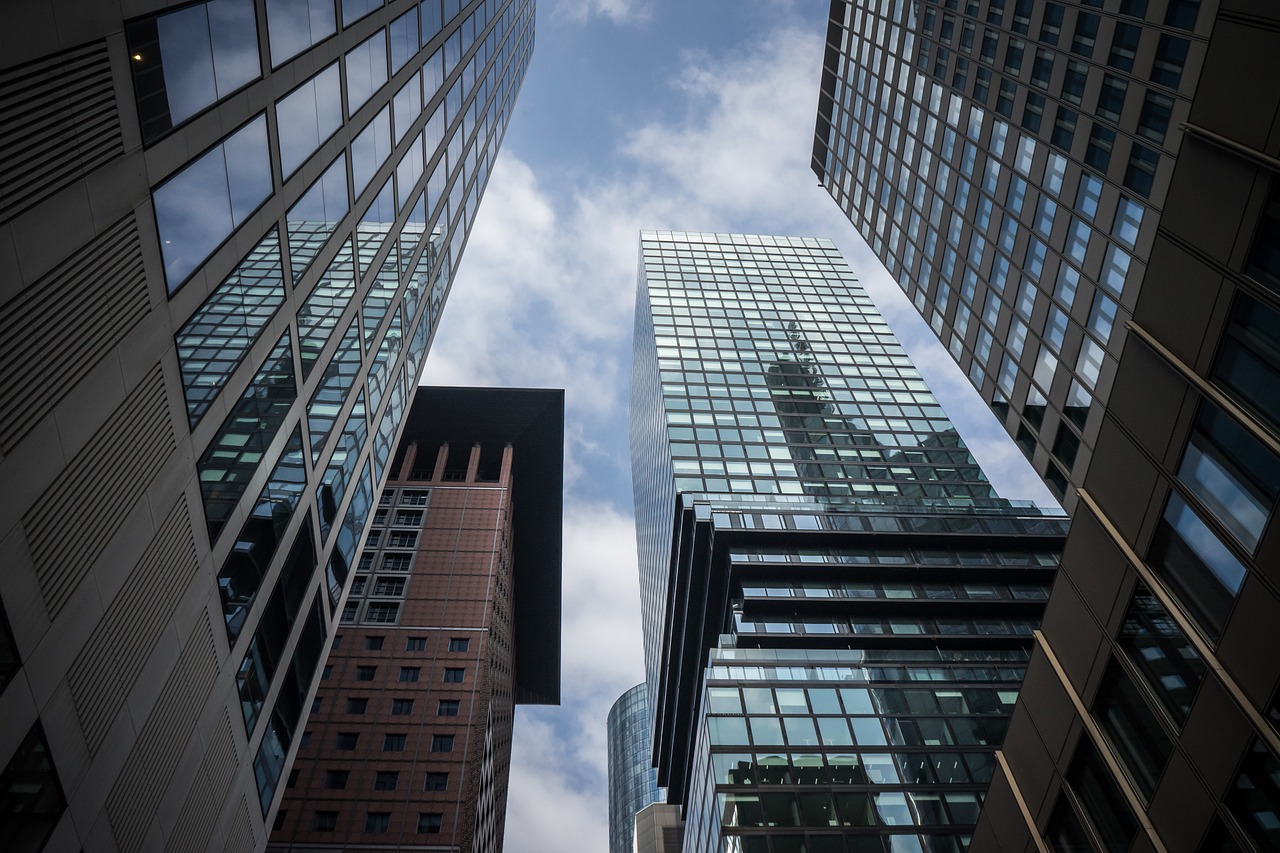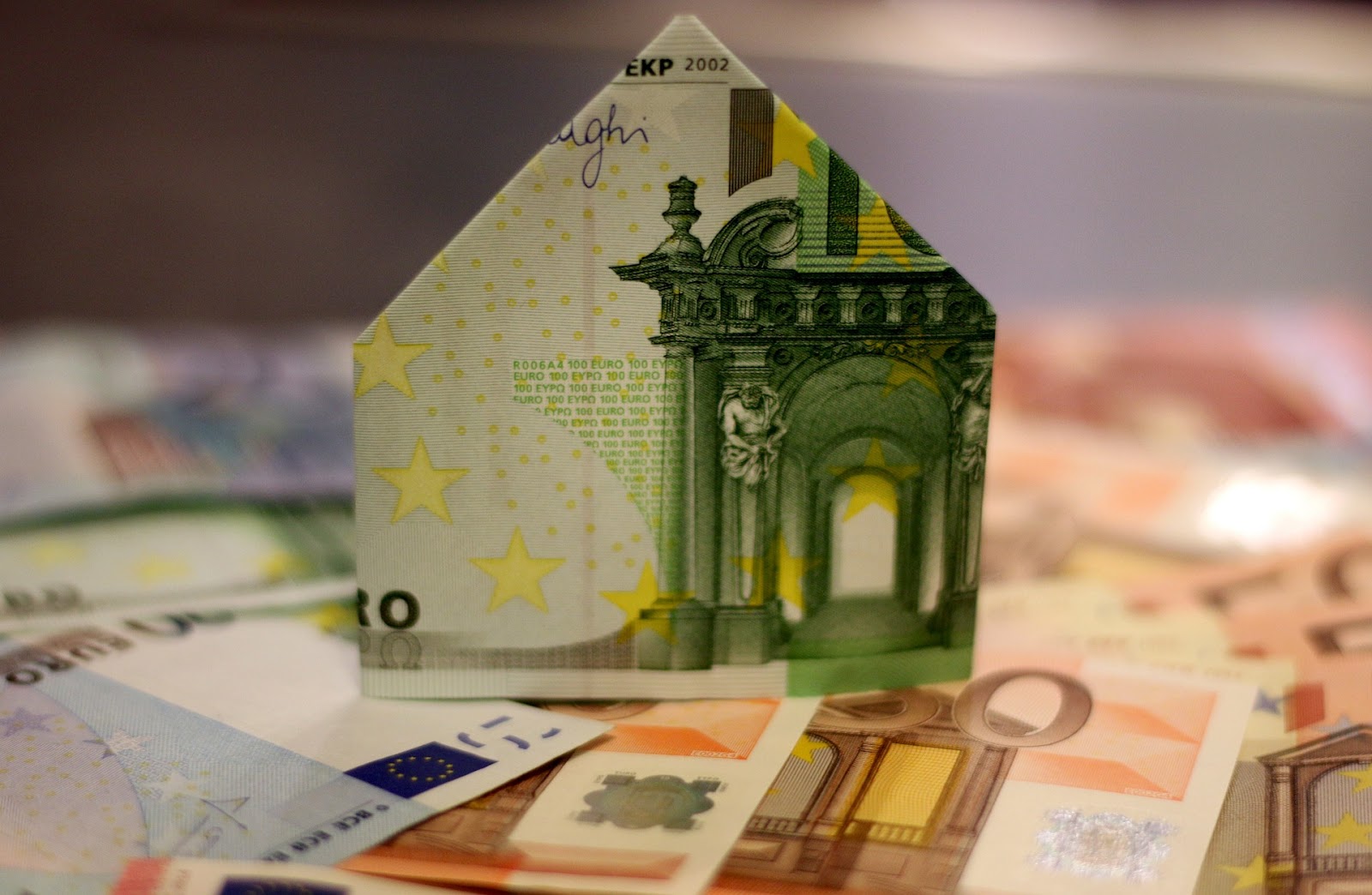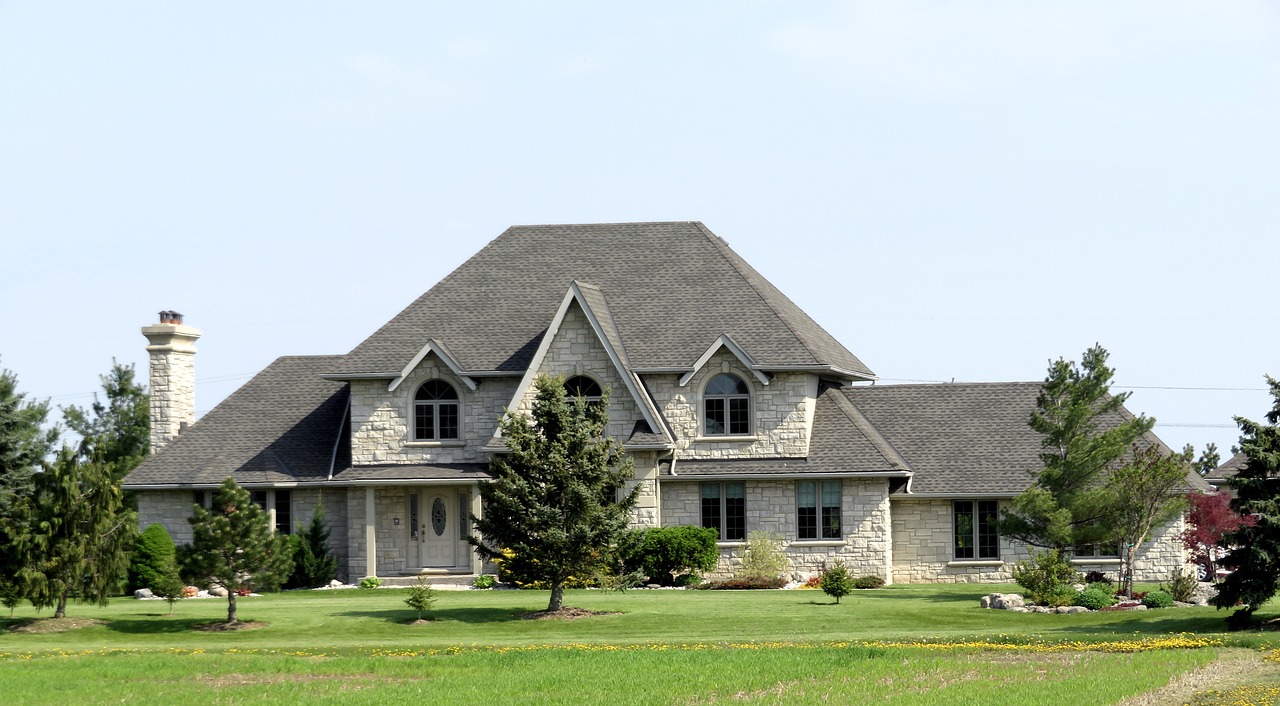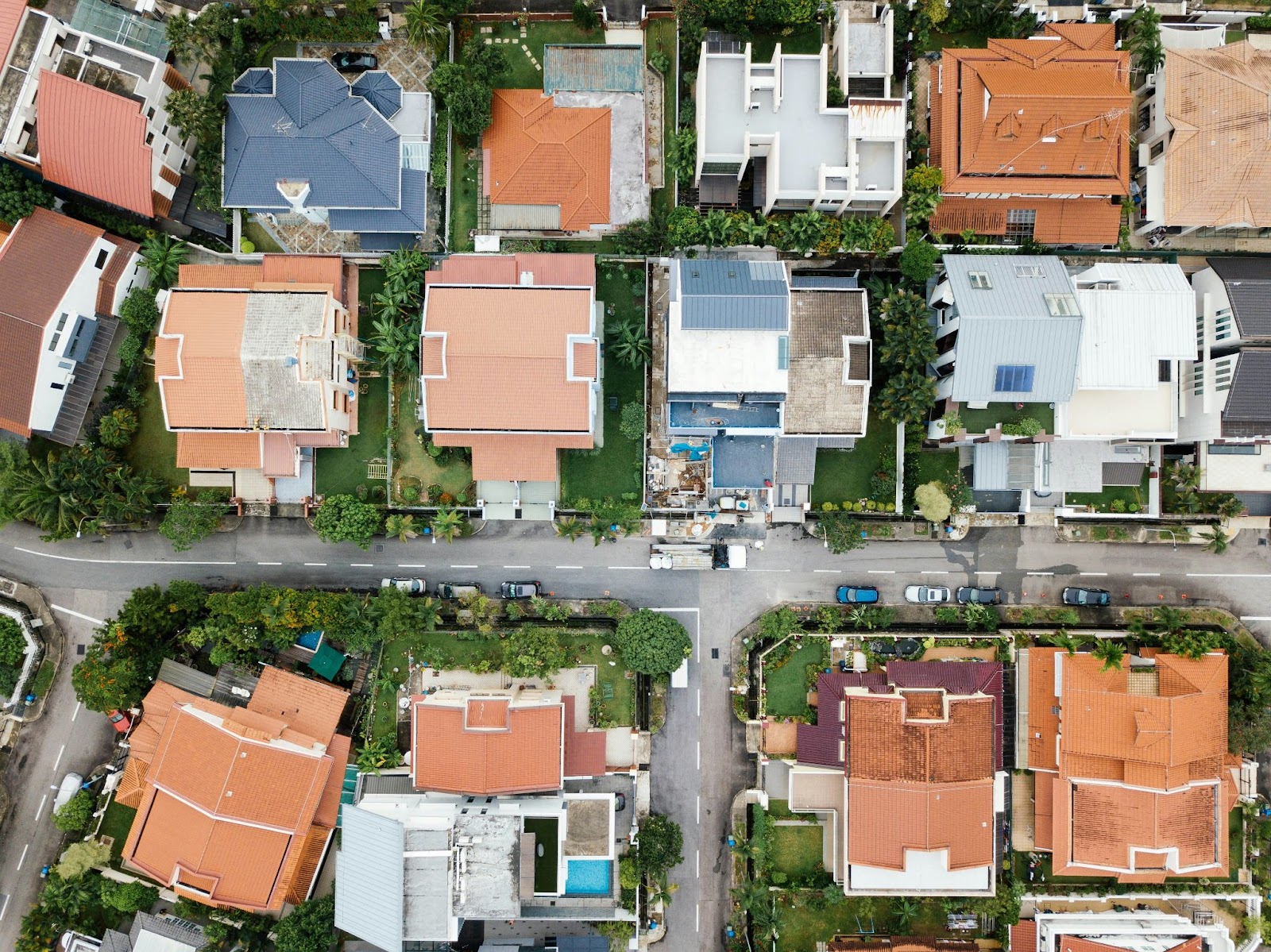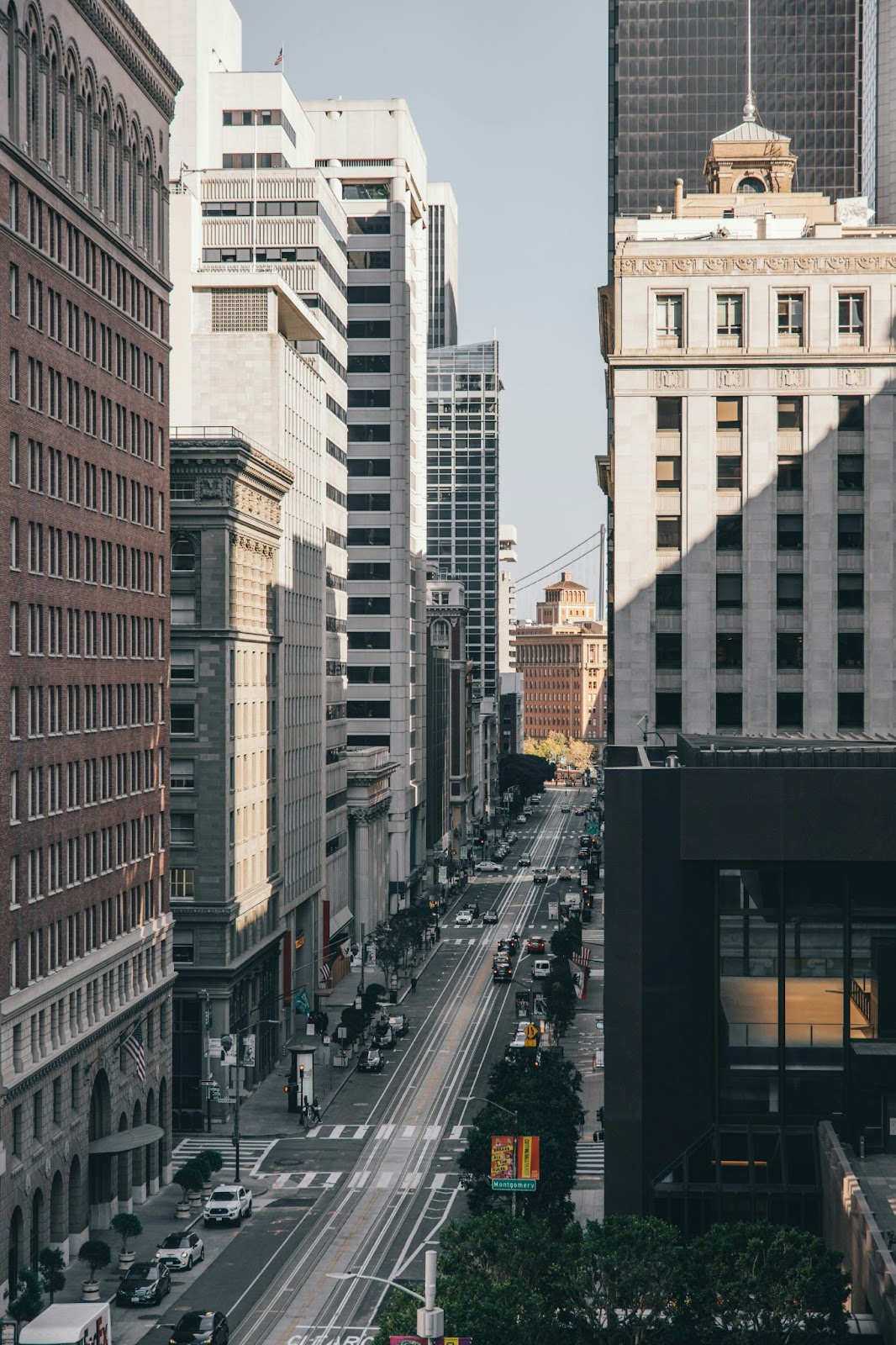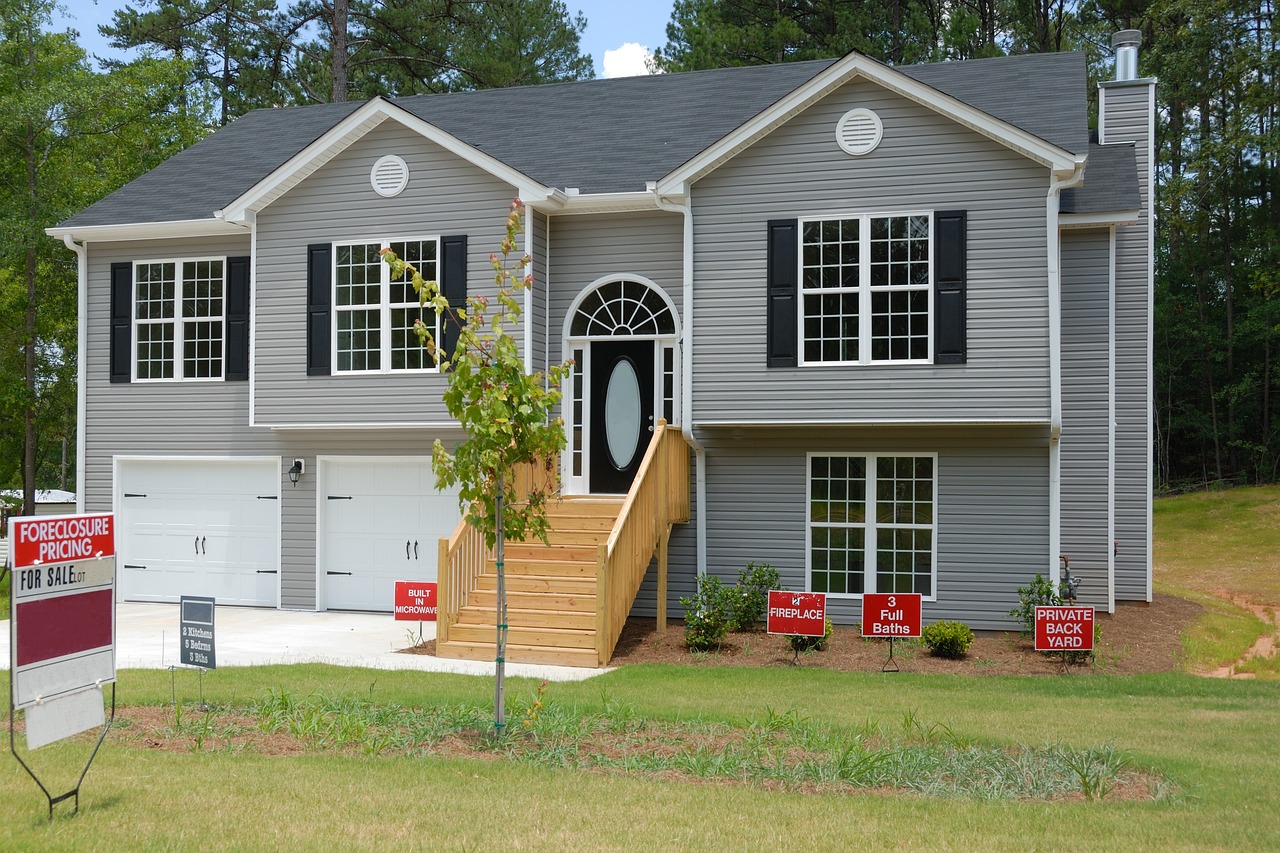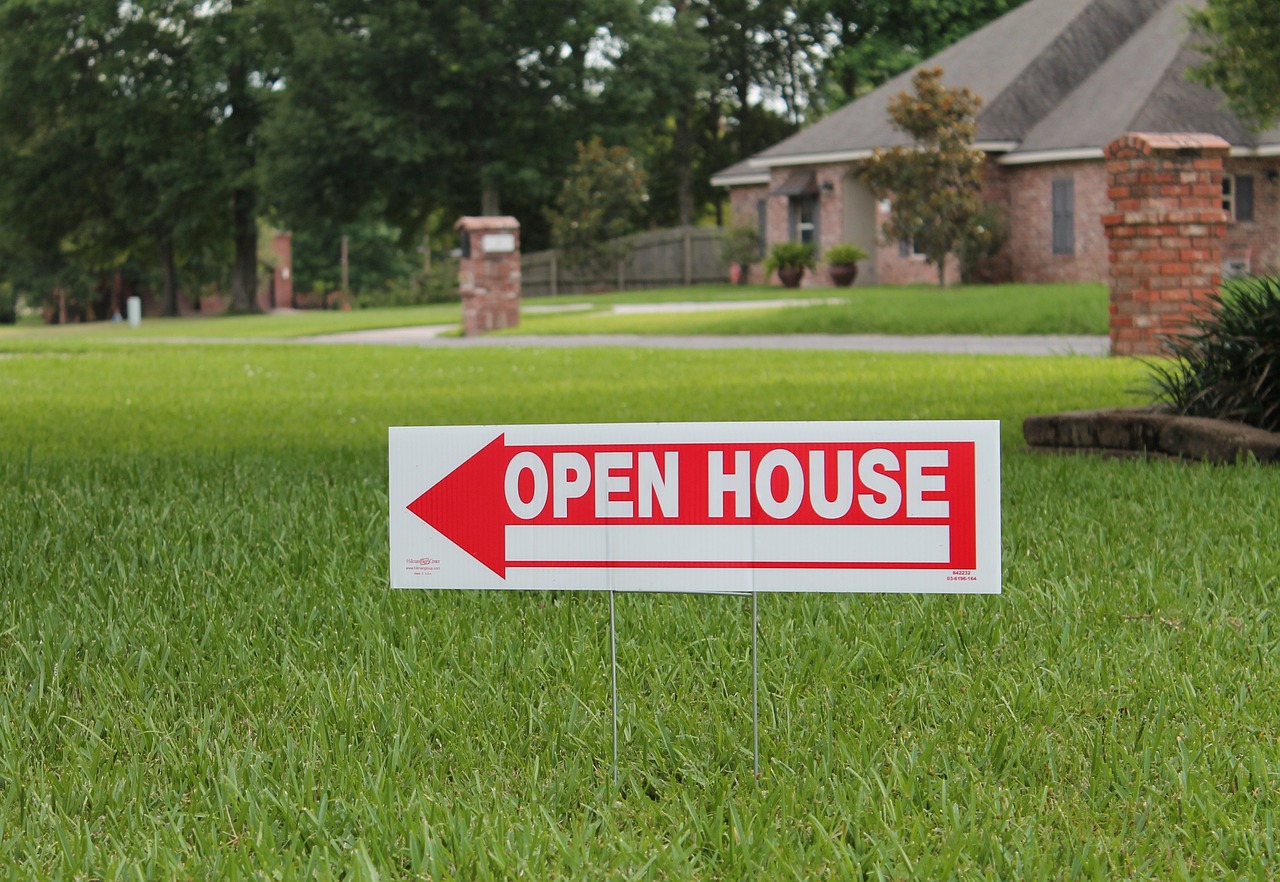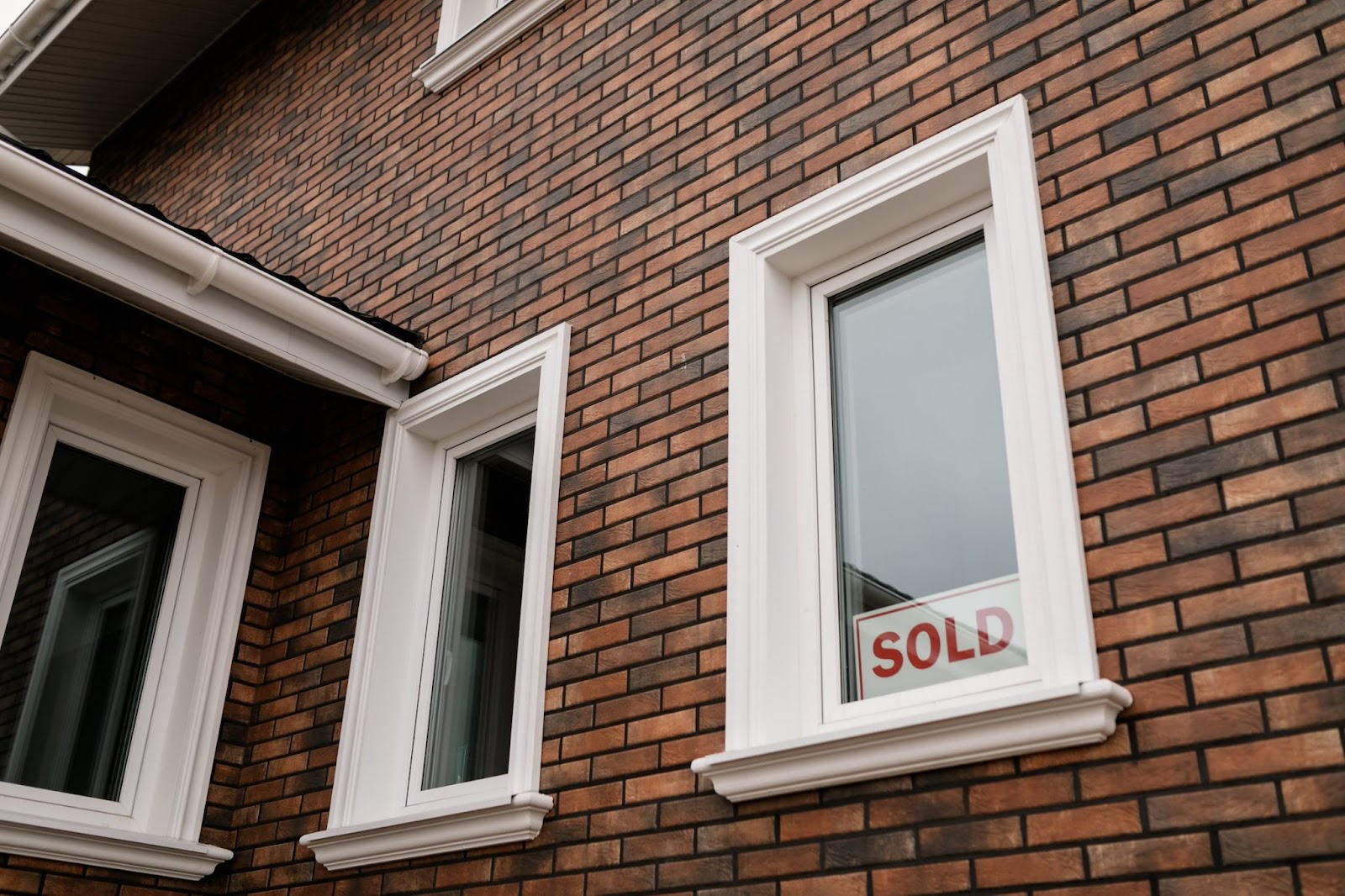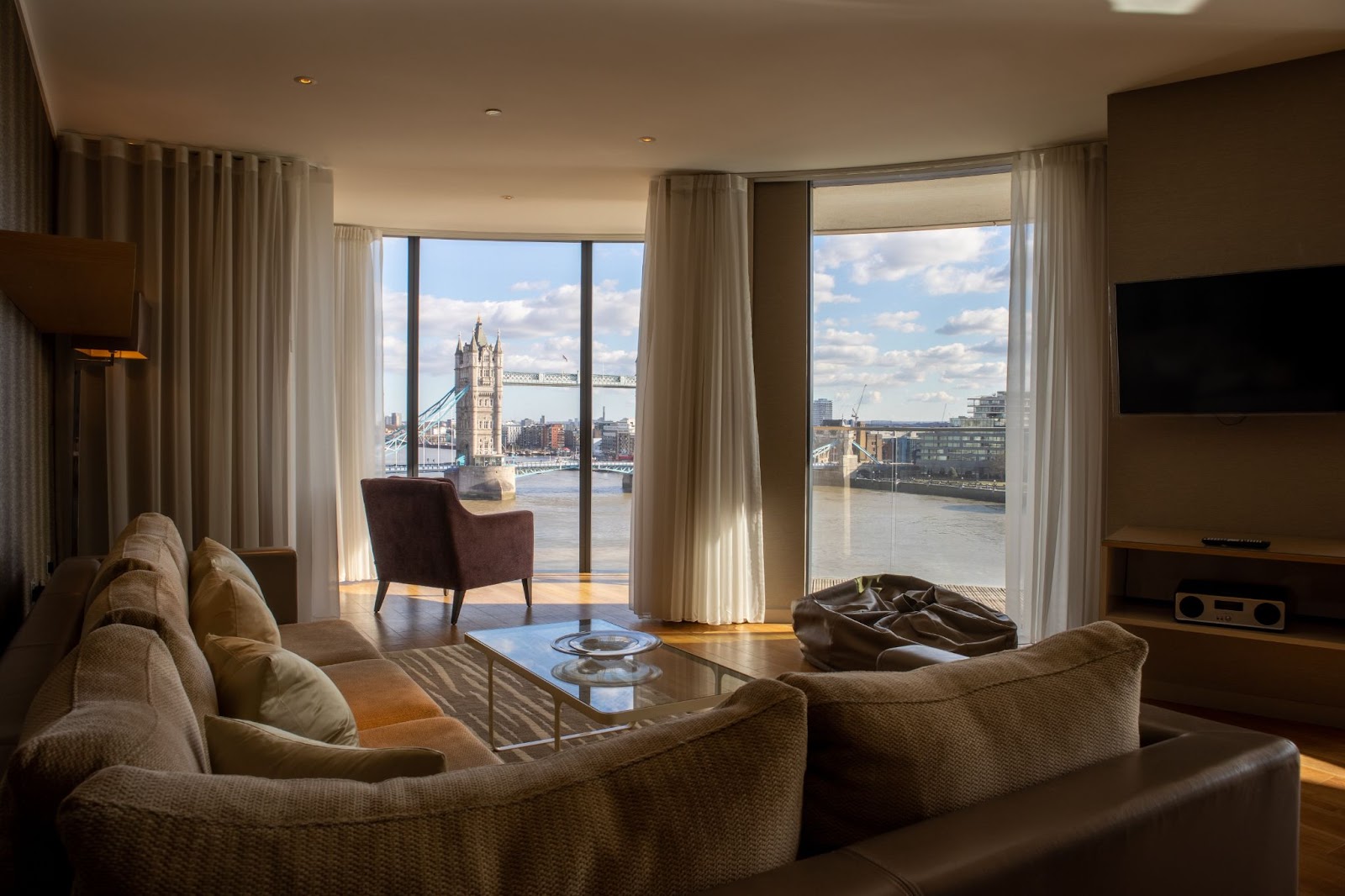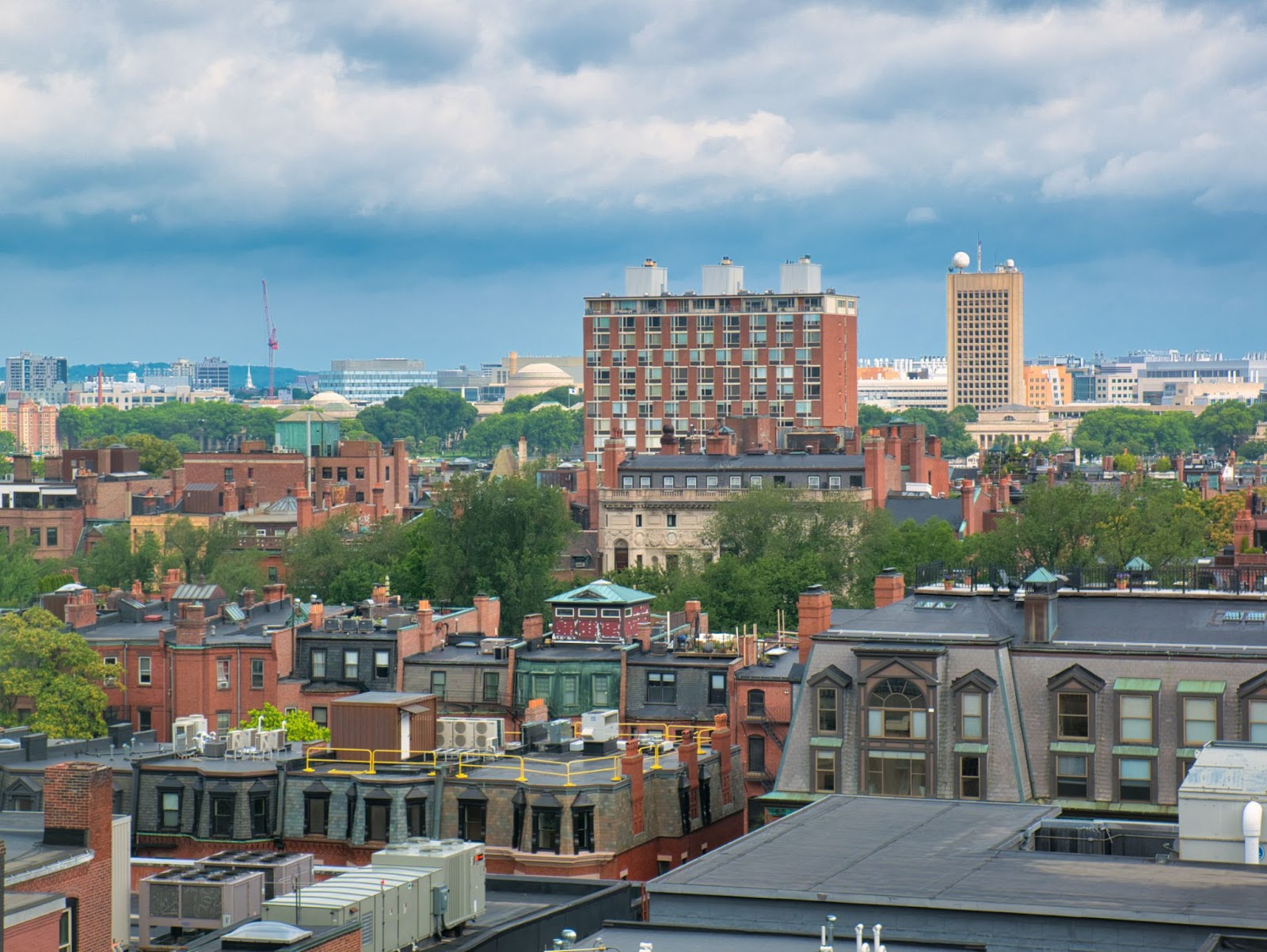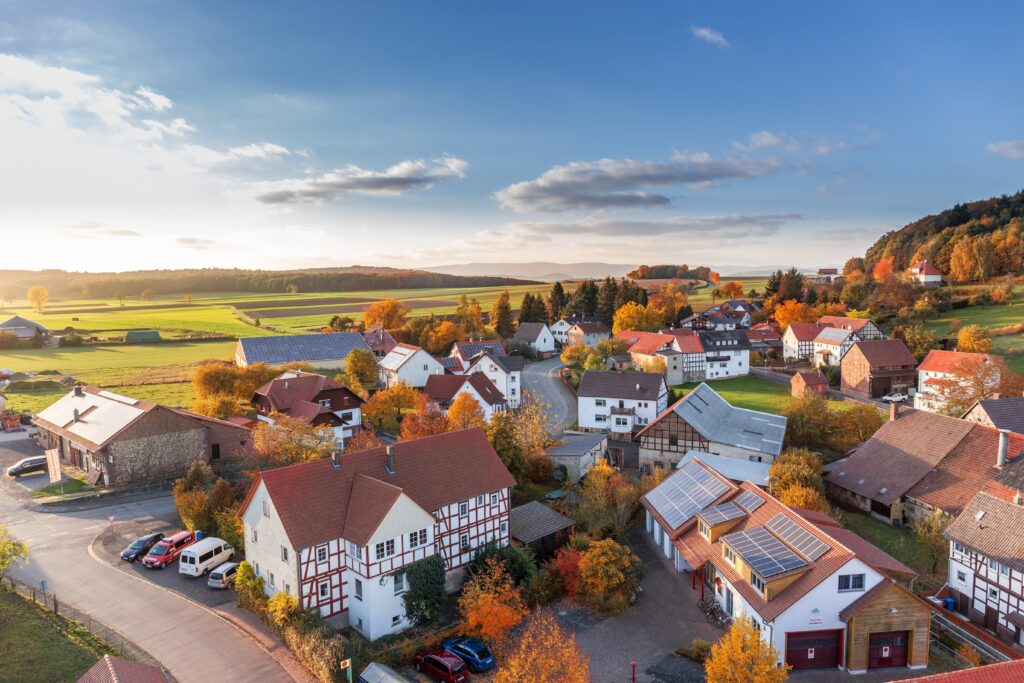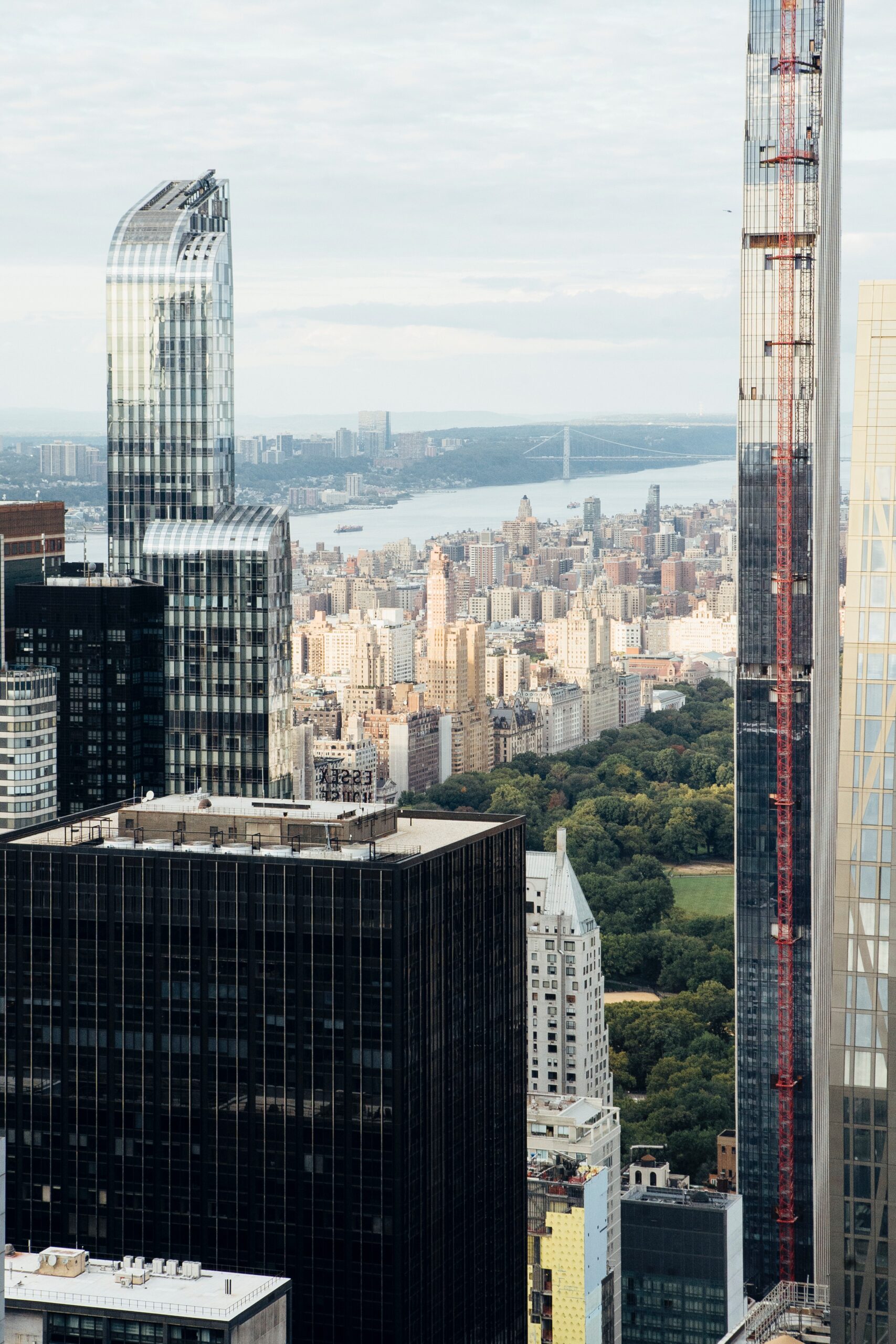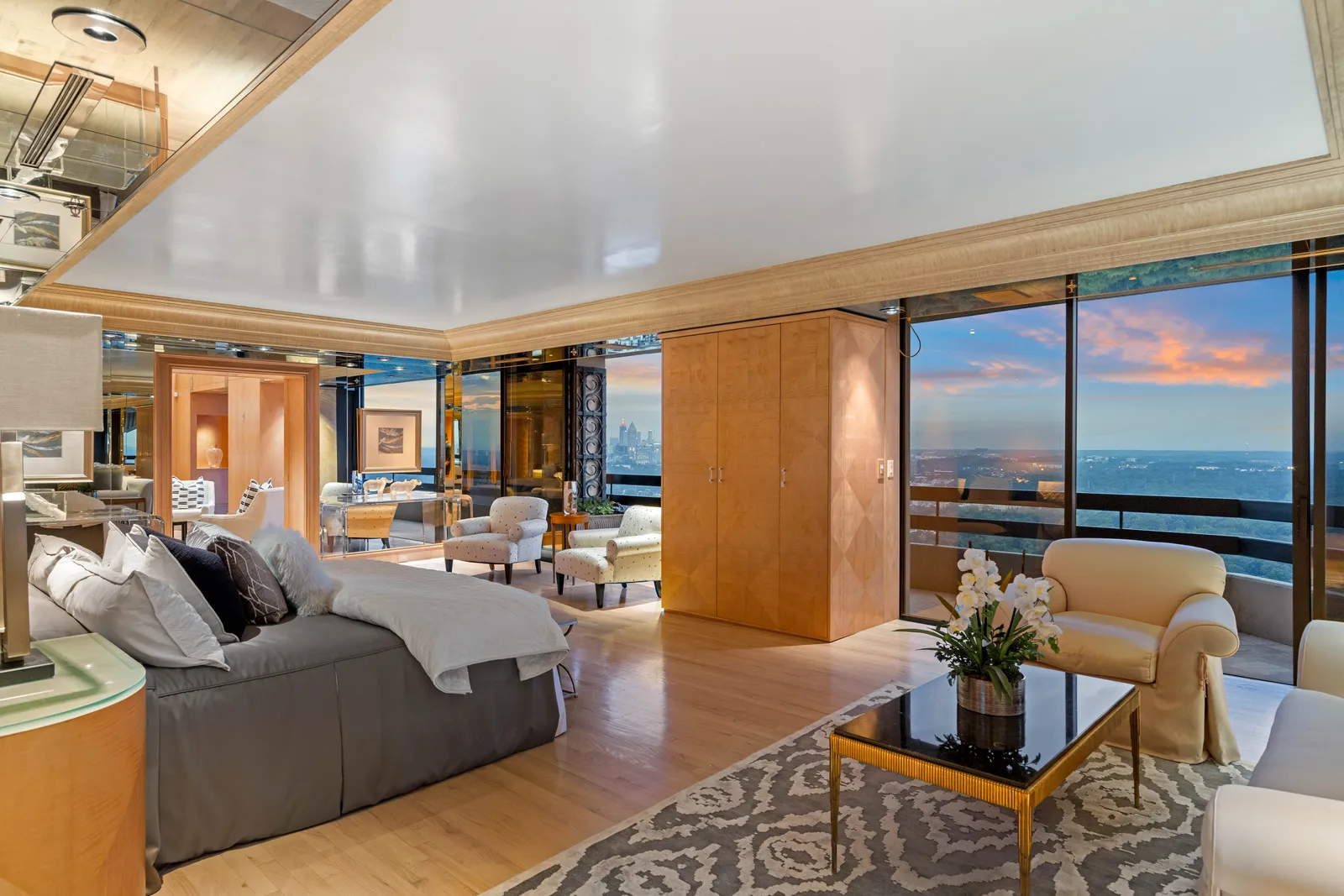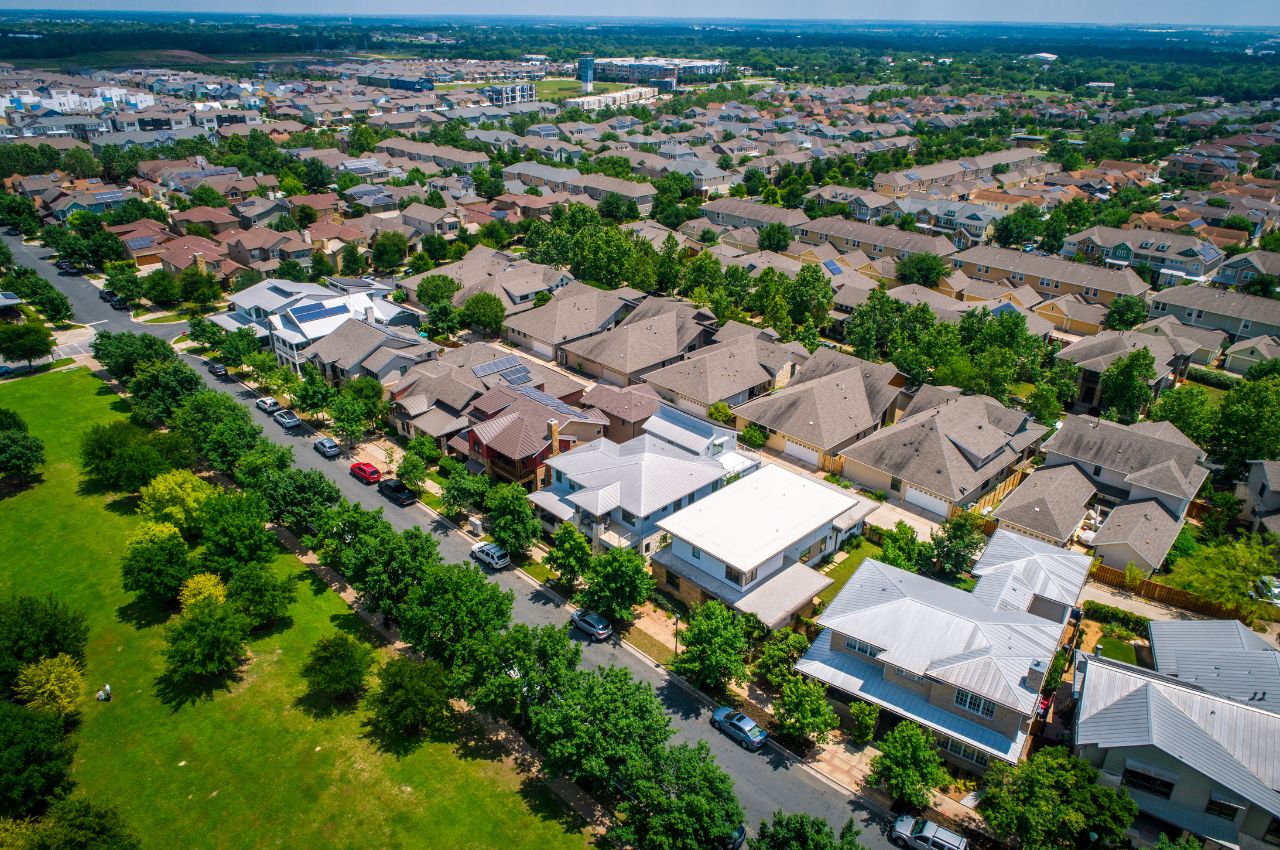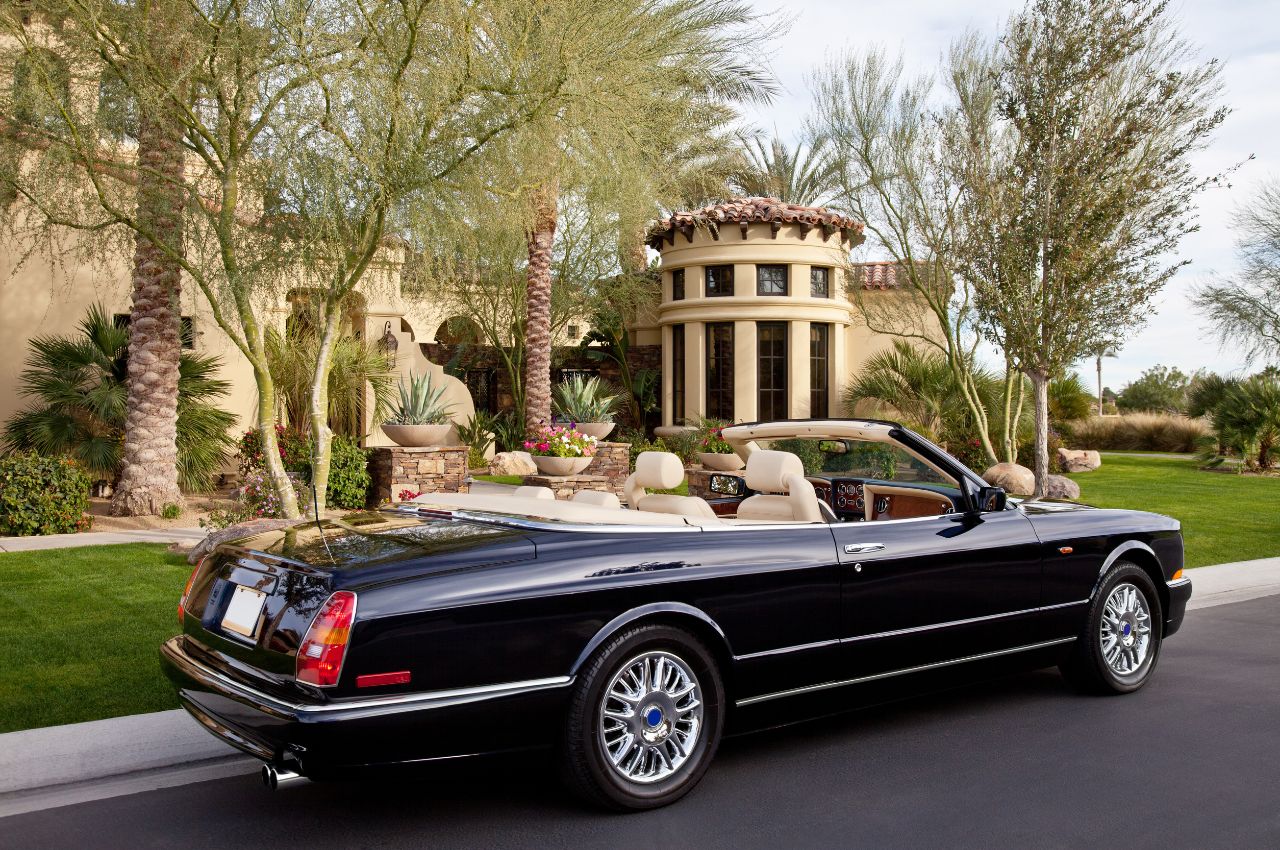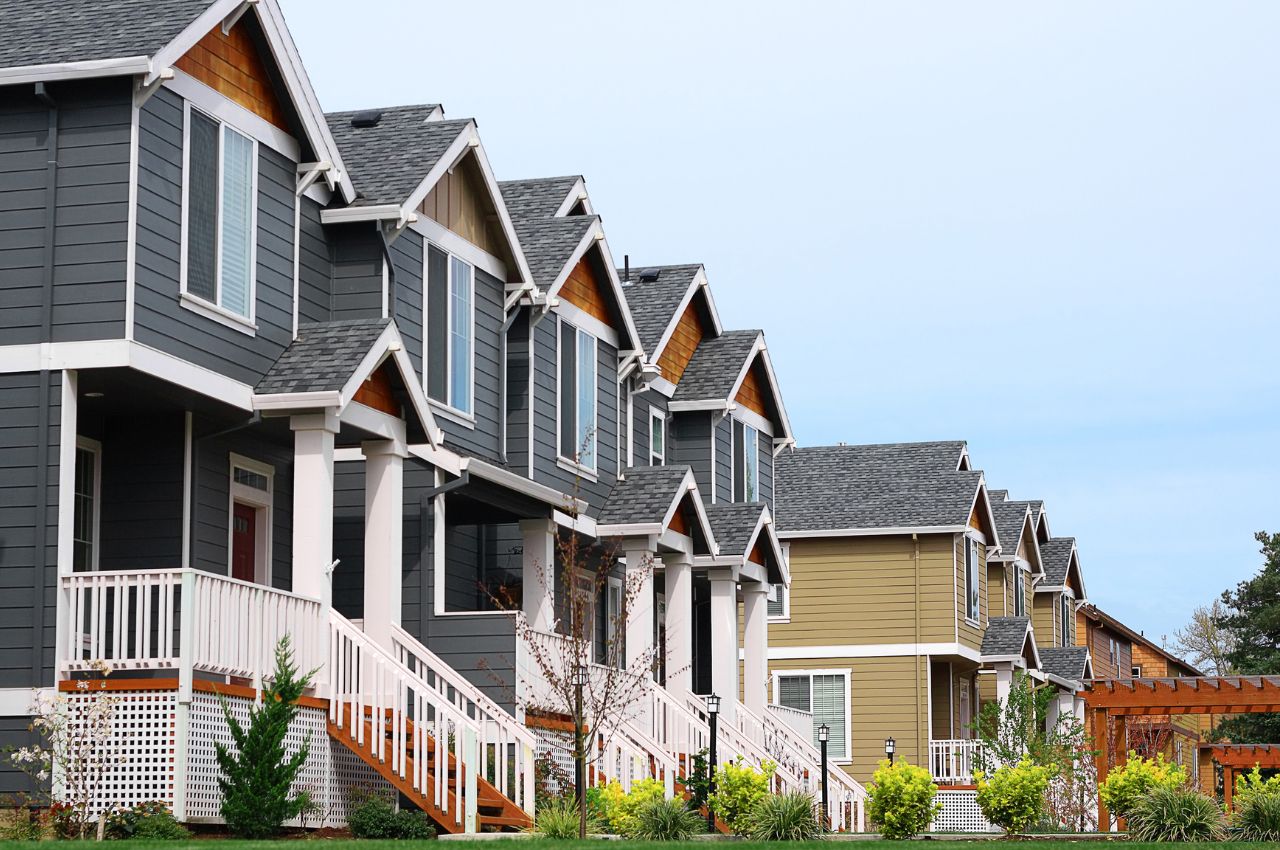A significant shift is unfolding in the commercial real estate sector. Once-thriving office buildings in cities, especially in New York, face an unprecedented challenge: rising vacancy rates with the surge in remote work. This trend, accelerated by the COVID-19 pandemic, has fundamentally altered the urban commercial real estate market and signals a potential crisis for city office buildings.
In Manhattan the impact is stark. Over 95 million square feet of office space lies vacant, equating to approximately 30 Empire State Buildings. This emptiness poses a critical question: what future awaits these urban giants?
Scott Rechler, CEO of RXR, a major New York real estate company, acknowledges the gravity of the situation. Touring his property at 61 Broadway, he points out that half the building is empty. Rechler sees this as a pivotal moment, a “crossing of the chasm” into a world where higher interest rates and changing work-life patterns dominate. The reality is harsh. Fridays and Mondays see minimal office activity, and tenants are increasingly reducing their office space, rendering some buildings obsolete.
In a pragmatic move, Rechler defaulted on a $240 million loan for 61 Broadway. This decision reflects a broader trend where the value of office buildings has plummeted by up to 40% since the pandemic. Stijn Van Nieuwerburgh, a professor of real estate at Columbia Business School, describes the situation as a “train wreck in slow motion,” anticipating further declines in office building values due to evolving work patterns.
This change is not just theoretical. Real estate partners Tony Park and Elad Dror managed to purchase a building near Penn Station for less than half of their original $80 million offer. They plan to convert it, moving away from its office past.
Not all is bleak, though. Trophy buildings like One Vanderbilt, boasting rich amenities and prime locations, continue to attract corporate tenants. Marc Holliday, CEO of SL Green, New York’s largest office landlord, remains focused on maintaining high occupancy rates despite the broader market challenges.
But the larger picture is concerning. High delinquency rates in office loans are emerging, and banks face tough decisions on refinancing these loans at potentially lower values and higher interest rates. David Aviram from Maverick Real Estate highlights the accumulation of bad debt in the system, noting that banks are extending terms on these loans to delay facing the reality.
This situation has significant implications beyond real estate. A reduction in property values means decreased property tax revenues, affecting city budgets and services. As Stijn Van Nieuwerburgh points out, this could lead to an “urban doom loop,” where deteriorating city services further drive residents away, exacerbating the financial strain on those cities.
In response, some developers are considering converting office buildings into residential units, although challenges such as zoning restrictions and profitability arise. Innovative solutions, like Vanbarton Group’s “The Void” in their Wall Street residential conversion, demonstrate the potential for adaptive reuse of these spaces.
The future of city office buildings remains uncertain. While trophy buildings may continue to thrive, the broader market faces a significant reevaluation of value and purpose. As society adapts to the post-COVID reality of remote and hybrid work, the commercial real estate sector must navigate these uncharted waters, potentially reshaping the urban landscape for generations to come.



